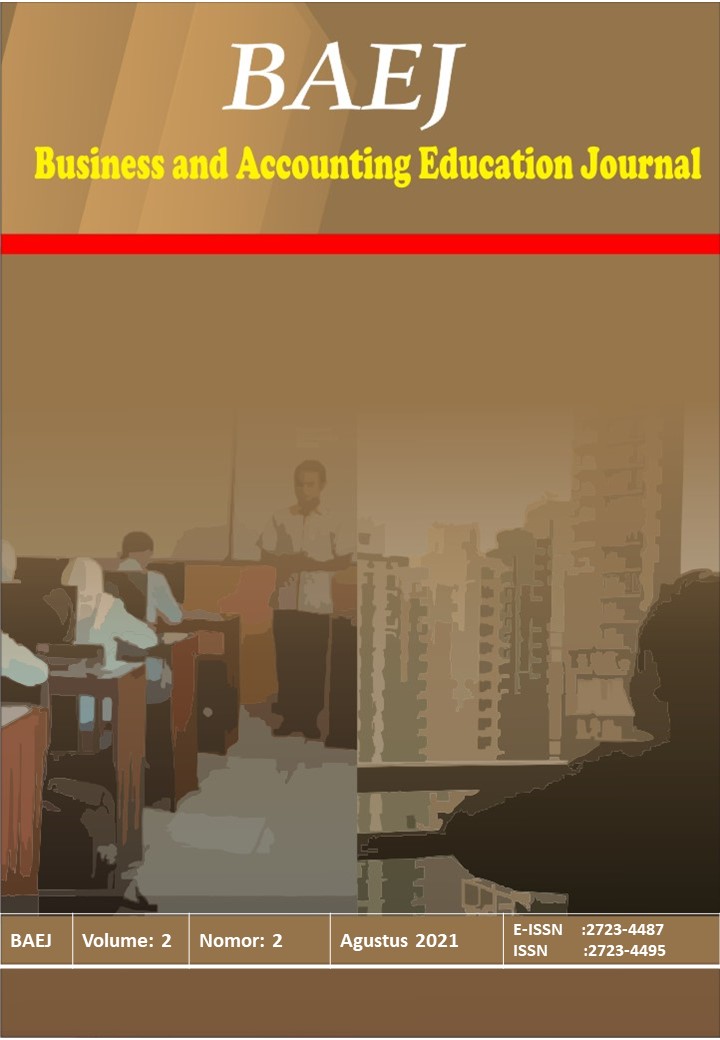Efektivitas Pelatihan Keuangan Dalam Meningkatkan Akuntabilitas dan Transparansi Pelaporan Keuangan Dana Desa
Main Article Content
Abstract
The purpose of this study was to determine the effectiveness of financial training in improving financial reporting of village funds in Alian District. The population of this study was 16 Alian Districts and the sampling technique was saturated samples. This study uses a qualitative approach. Methods of collecting data using observation, interviews and documentation. Data analysis techniques used descriptive analysis by collecting data, reducing data, and then presented to draw conclusions. The results of the study showed (1) Financial training carried out by the village apparatus of the Alian District was effective. The form of accountability that is carried out is by making financial reporting in accordance with the financial regulations determined by the government by attaching evidence and documentation of the activities that have been carried out. In addition, openness to the community has been carried out by the Alian District government through village development planning meetings, (2) Constraints faced in increasing accountability and transparency in financial reporting of village funds in Alian District are internal constraints, namely the age of village officials and education. Besides internal, there are external factors caused by government policies that often change. The conclusions of this study are the effectiveness of financial training in increasing the accountability and transparency of financial reporting of village funds in Alian District is quite good, but still needs hard work from the government by providing local village assistance, especially for villages whose village equipment is lacking in education and experience.
